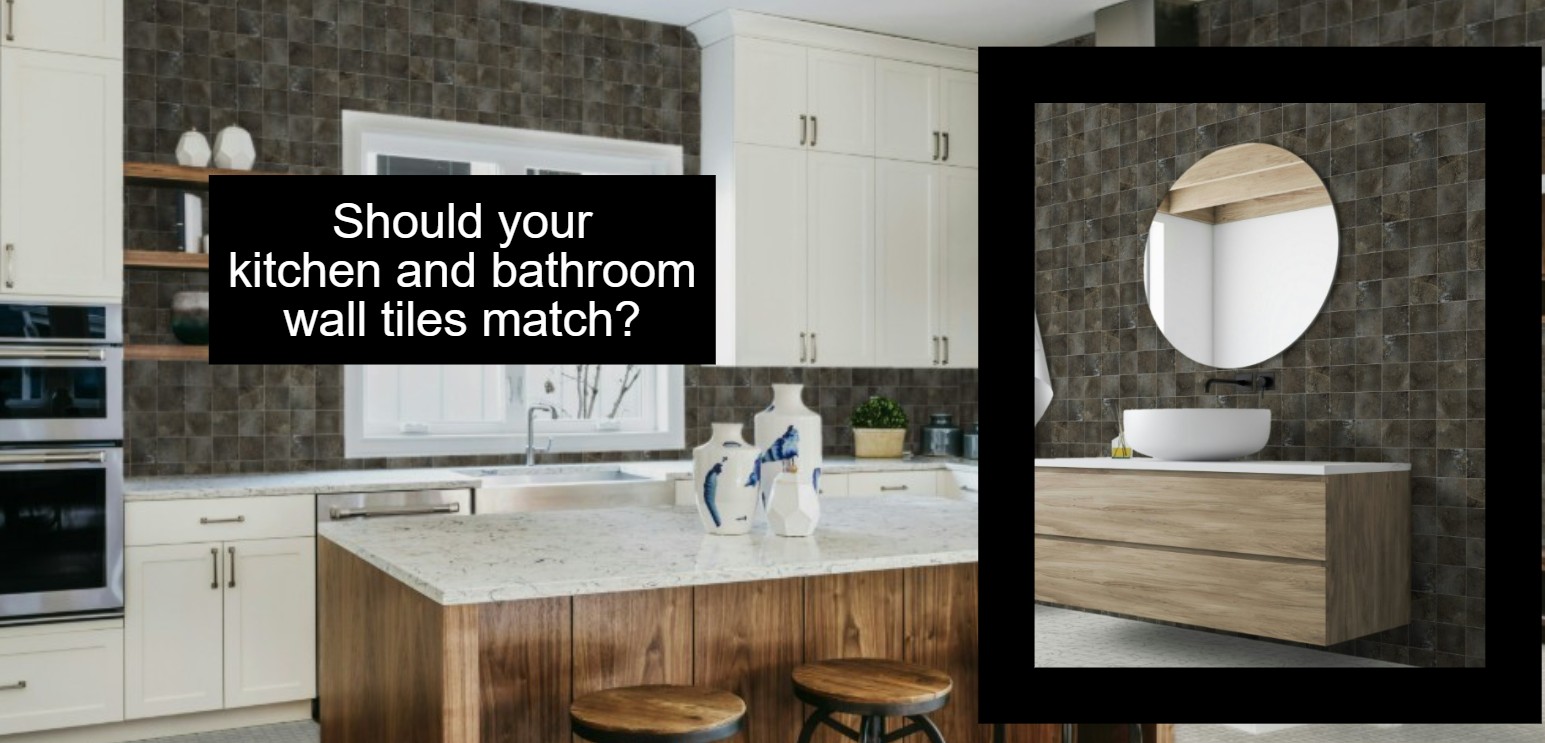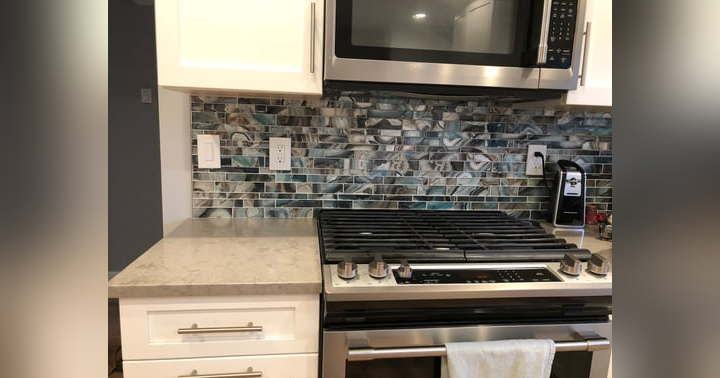Should Your Kitchen and Bathroom Tiles Match? A Design Expert’s Guide to Cohesive Style

The Tile Matching Debate: Timeless Question, Fresh Perspectives
The age-old design question continues to puzzle homeowners: should your kitchen and bathroom tiles match? While scrolling through design forums or speaking with clients, this debate never seems to fade away. Some homeowners strongly advocate for matching tiles throughout the home for a seamless, cohesive look, while others feel this approach leads to a monotonous, uninspired space. Our latest podcast episode dives deep into this dilemma, offering expert insights that might help you make this important design decision.
When Matching Tiles Miss the Mark
The conversation begins with an anecdote about a homeowner who initially thought matching kitchen and bathroom tiles would create harmony throughout the home. However, once installed, the result felt flat and repetitive—creating a sense of déjà vu when moving from room to room rather than the intended cohesion.
What Designers Are Saying
This real-world example highlights a principle that many designers now emphasize: while cohesion is important, direct matching often lacks the character and visual interest that makes a home feel dynamic and thoughtfully designed.
Create Harmony Without Replication
Modern design philosophy suggests thinking of your home as being in conversation with itself. This means creating connections between spaces without resorting to exact replicas.
Design Like a Family Tree
Your tile choices should relate to each other like family members—they don't need to be identical twins, but they should look like they belong at the same dinner table. You can achieve this through related color palettes, complementary textures, or similar finish styles while still allowing each room to maintain its unique personality.
Practical Example
For instance, you might select a matte subway tile for your kitchen backsplash and a textured porcelain in a similar shade for your bathroom floor, creating a subtle connection without exact repetition.
Using Color Psychology to Guide Tile Selection
Color psychology plays a significant role in this discussion too. Our podcast touched on a fascinating Zillow study revealing that specific colors can actually boost home value—olive green kitchens and navy blue bedrooms were specifically mentioned as colors that could add thousands to a home's selling price.
Timeless, Valuable Color Choices
Earth tones like celadon, sandstone, and clay create welcoming, relaxed environments that appeal to both current homeowners and potential buyers. These mineral-inspired hues work exceptionally well with various design styles from modern to coastal to traditional, offering versatility alongside visual appeal.
Don’t Let Clutter Undermine Good Design
Beyond tile and color selections, the podcast addresses how organization impacts the feel of spaces like bathrooms. Even the most beautiful tile installation can be undermined by clutter and disorganization.
Simple Strategies That Work
Try strategies like decluttering regularly, using trays for daily essentials, and implementing a one-minute tidy system. Being strategic about storage can dramatically change how a space functions and feels—supporting both form and function.
Final Thoughts: Balance Over Uniformity
The key takeaway from our discussion centers on balance—finding that sweet spot between cohesion and variety that makes your home feel intentionally designed rather than formulaic.
Let Your Tiles Show Some Personality
Don't be afraid to let your tile choices show some personality while maintaining connections through color, texture, or style. Thoughtful tile selection that prioritizes related but distinct choices will create more dynamic, engaging spaces than strict matching ever could.





